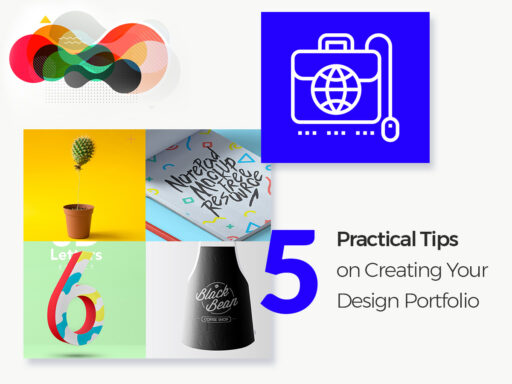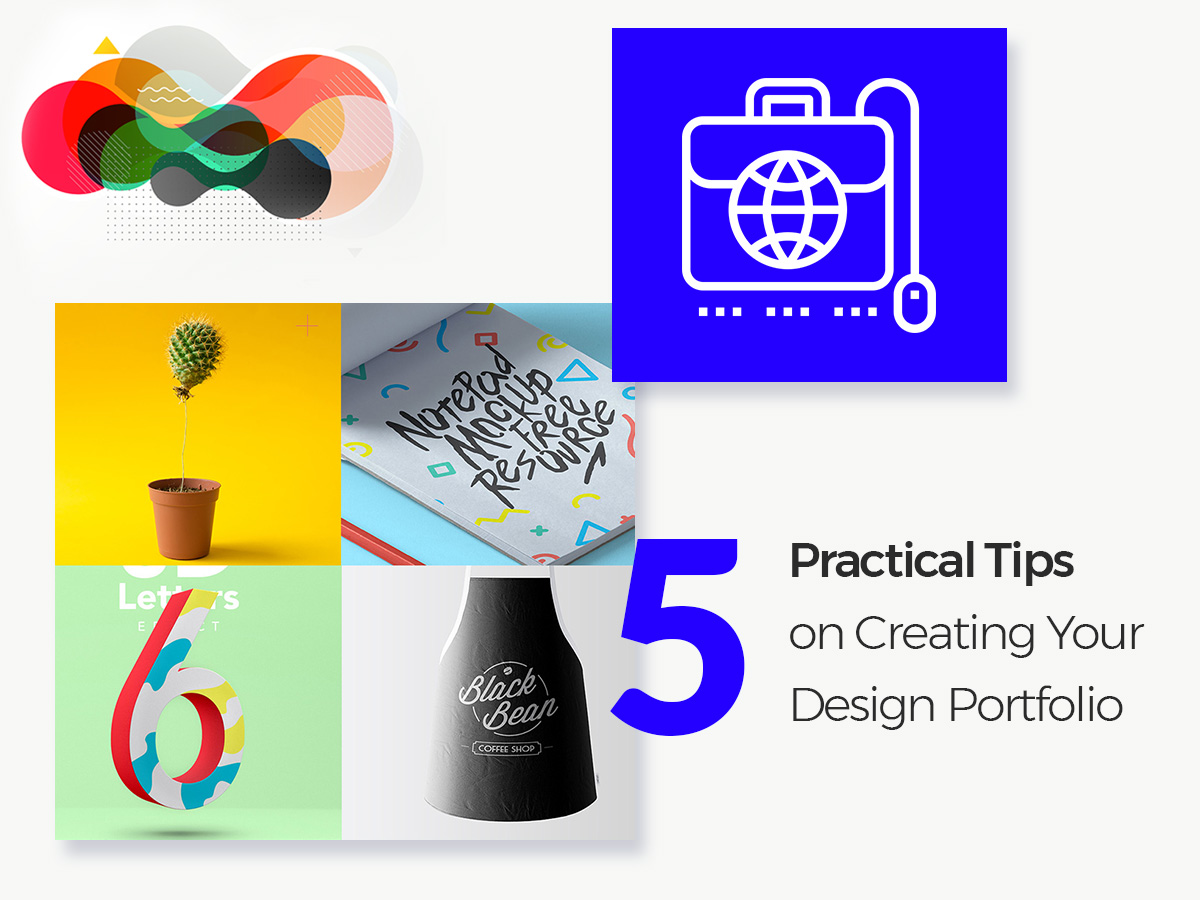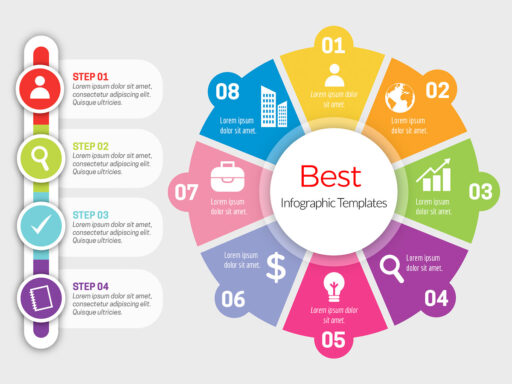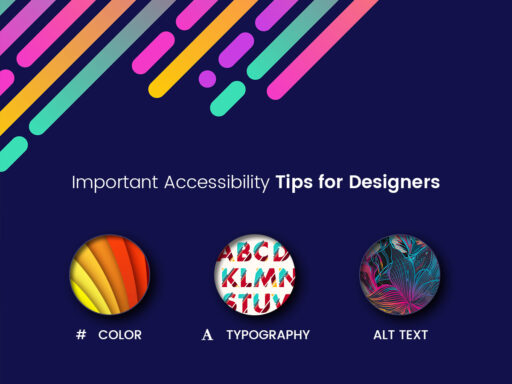Every experienced designer has to share their expertise and creation with the world and prove their potential customers they are worth to collaborate with. A portfolio shows your diligence, your stages of development, your creativity, skills, understanding of trends, your style, and many more advantages that will convince your target customers you are the one among others.
We’ve collected a small bunch of practical and very useful tips for designers and other creatives if they are about to craft their debut portfolio after a certain period of work. These tips are intended to help you build a successful and impressive portfolio and stand out from the crowd. Let’s review the tips!
1. Be Selective About What You Include
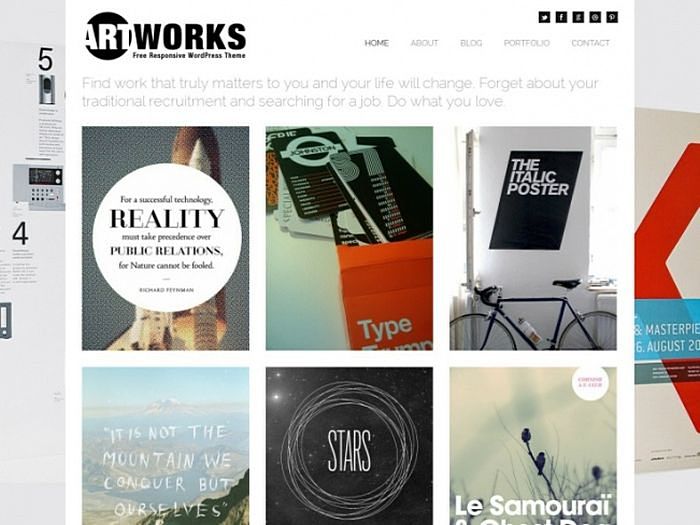
There’s no need to grab everything you’ve ever created and put it into your portfolio. Select only your best works and include those ones you are proud of the most. If you’ve got some projects you know are successful, they got great feedbacks and had awesome results, be sure to include them in your portfolio.
Add a small description to every project you’ve chosen for your portfolio, share the date and a customer’s name, unveil just a few details to note what this project is about. Highlight the strongest and the most impressive works in your portfolio to make anyone click each project and learn it in detail.
2. Make It Simple
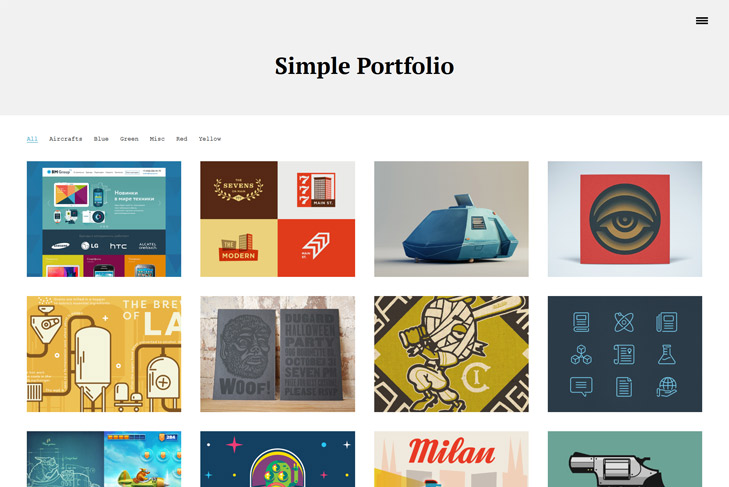
As we’ve already mentioned, it’s important to tell your future customers the story of every project, but it’s essential to make it brief, clear and simple. You can show the process of your project creation, share how you fulfill your ideas and the result you get.
If you create your online portfolio, it’s better to refuse from animations and keep your website clean and non distractive. However, you can use parallax effects, they look beautiful and are on demand.
3. Show How You Solve Problems

For instance, there is something in your design field that is lacking or is needed by the definite audience. You decide to create your project to solve this particular problem, you use a number of methods, your own ideas and innovations, and you get a magnificent result. Show the problem solving process by explaining what you like or what you dislike about the project, what would you probably do in a different way, and what you have learned in the end.
4. Your Name is Your Brand

Your main task is “to make a name” in your design community, so if you think of your name as a brand, you should present it as a brand and make it right. Your image and your reputation are the key things to build and develop, so stand out from the rest by underlining your uniqueness.
It’s great if you make a unique product ( e.g. app or service) and that’s what differentiates you from the others. But if your product is common and many designers also work in the same niche, your task is to stand out with your style.
Depending on the aim of creating your portfolio, you can focus on your definite strengths. If you’re looking for a customer, show your ability to create individual projects and meet the specifications of a customer, if your aim is to get a job in a huge company, show your team works, your flexibility and expertise.
It’s up to you how to distinguish yourself from the others, but it should result in your perfect portfolio.
5. More Works Less Words
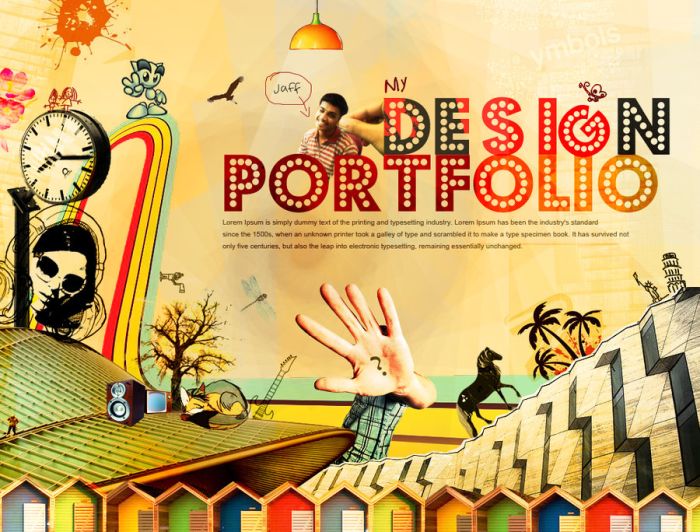
Your aim is to show more excellent works with a context and a back-story, but the visual appeal is more important than the description and words. Create attractive cover images for every project, think of beautiful presentation which will reflect the essence of your work, its purpose and beauty. Your every project should look as engaging as possible, this is the main rule of success.
Conclusion:
Don’t forget to regularly update your portfolio with the newest works you are really proud of. Be sure to revamp its design if it looks outdated, make it engaging and trendy. Visual appeal and exciting stuffing are surely going to result in successful portfolio and lots of new customers.
